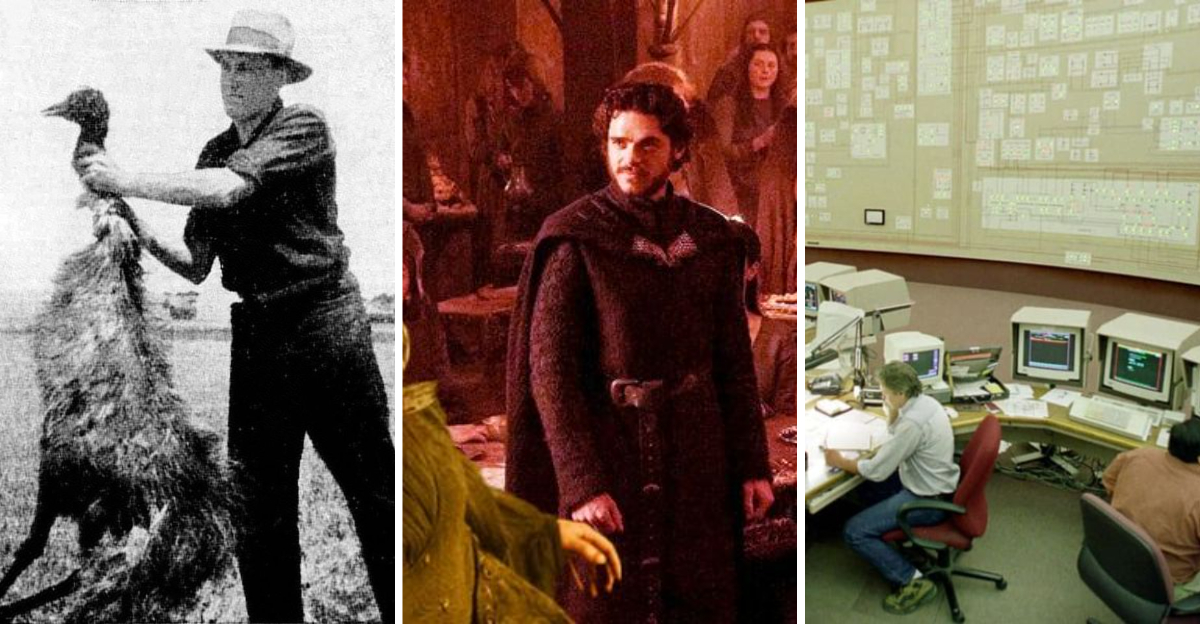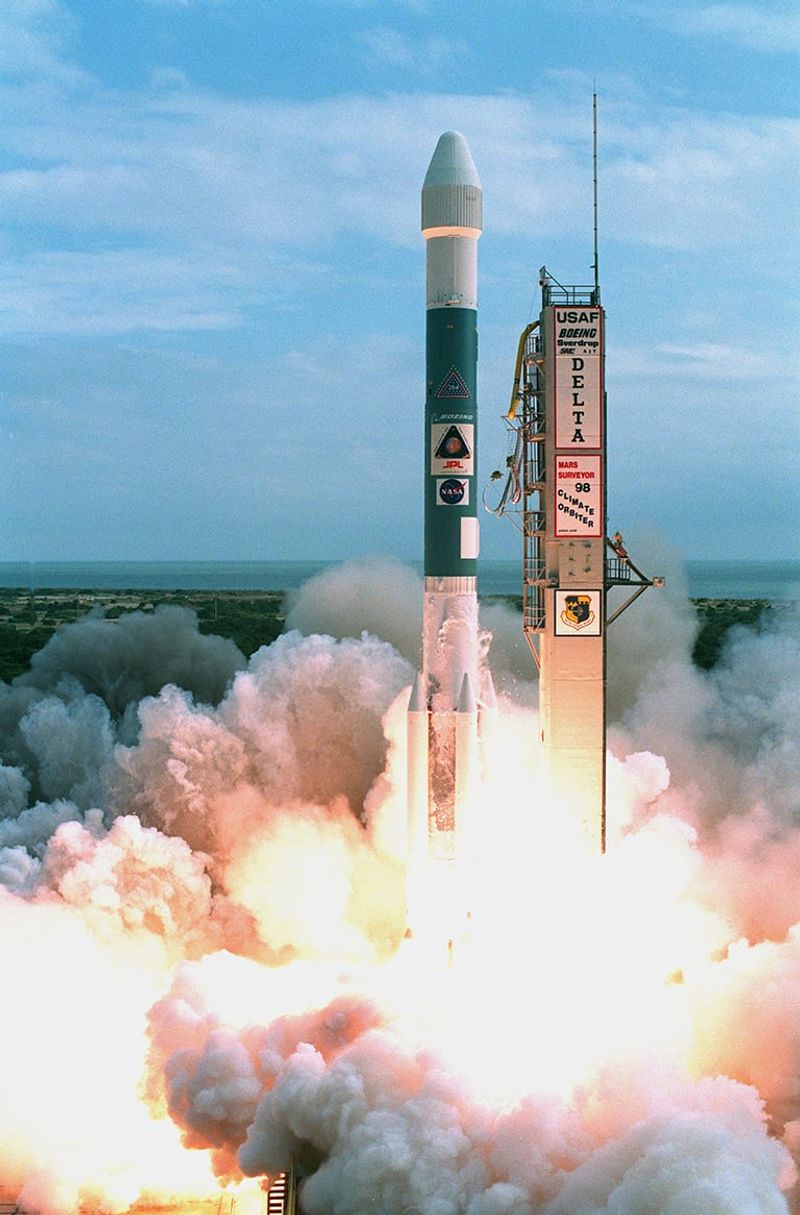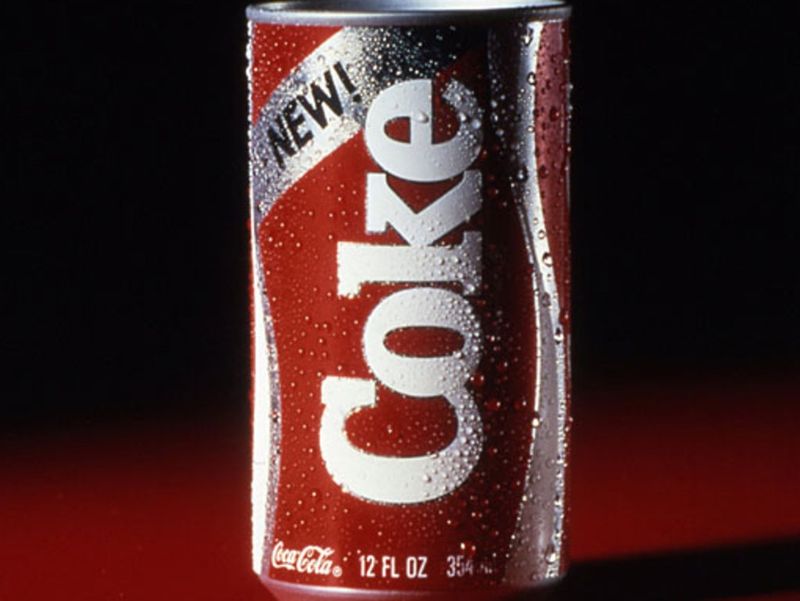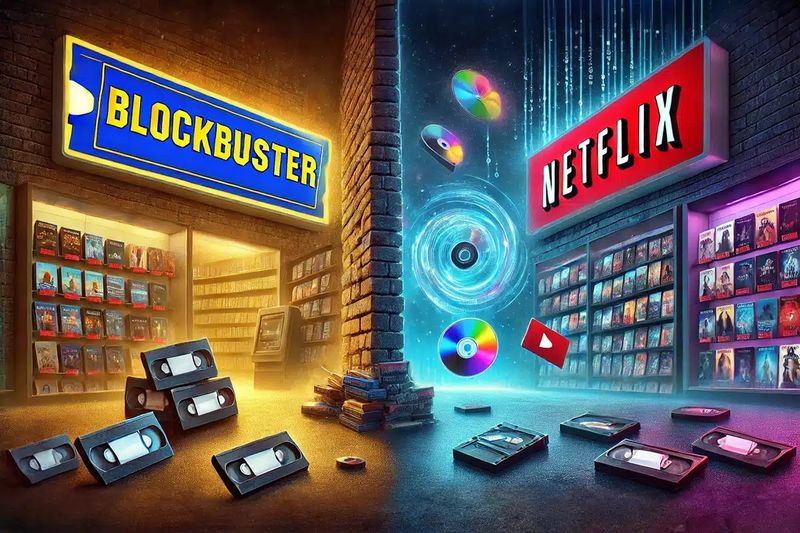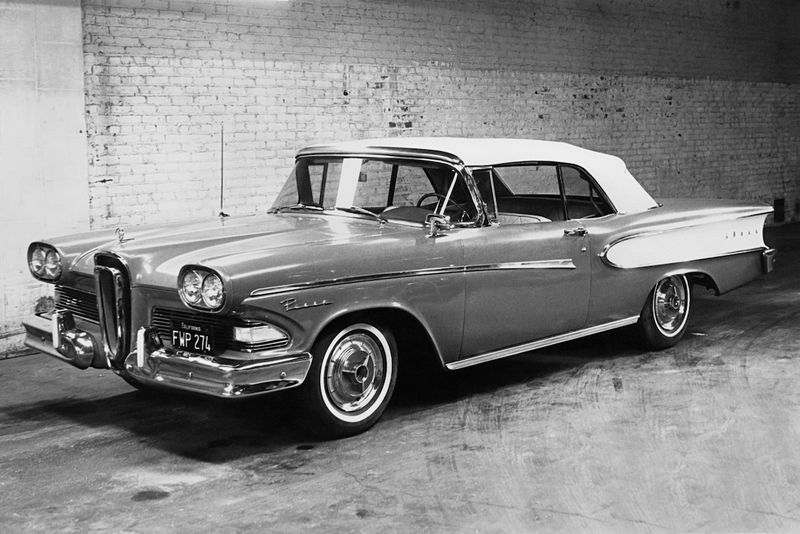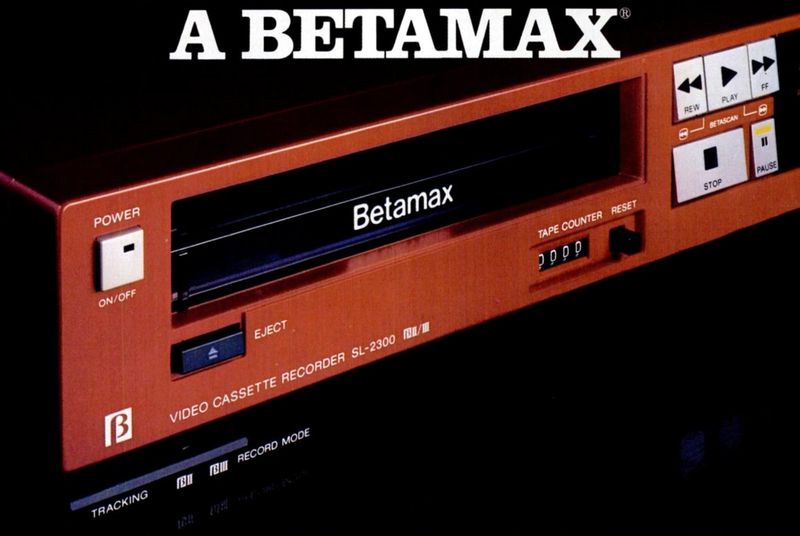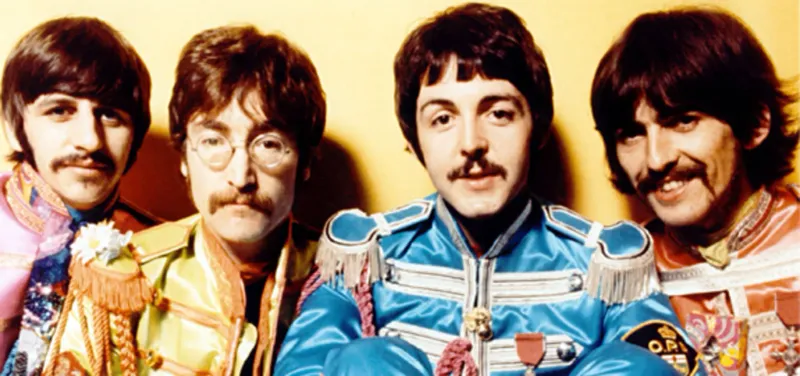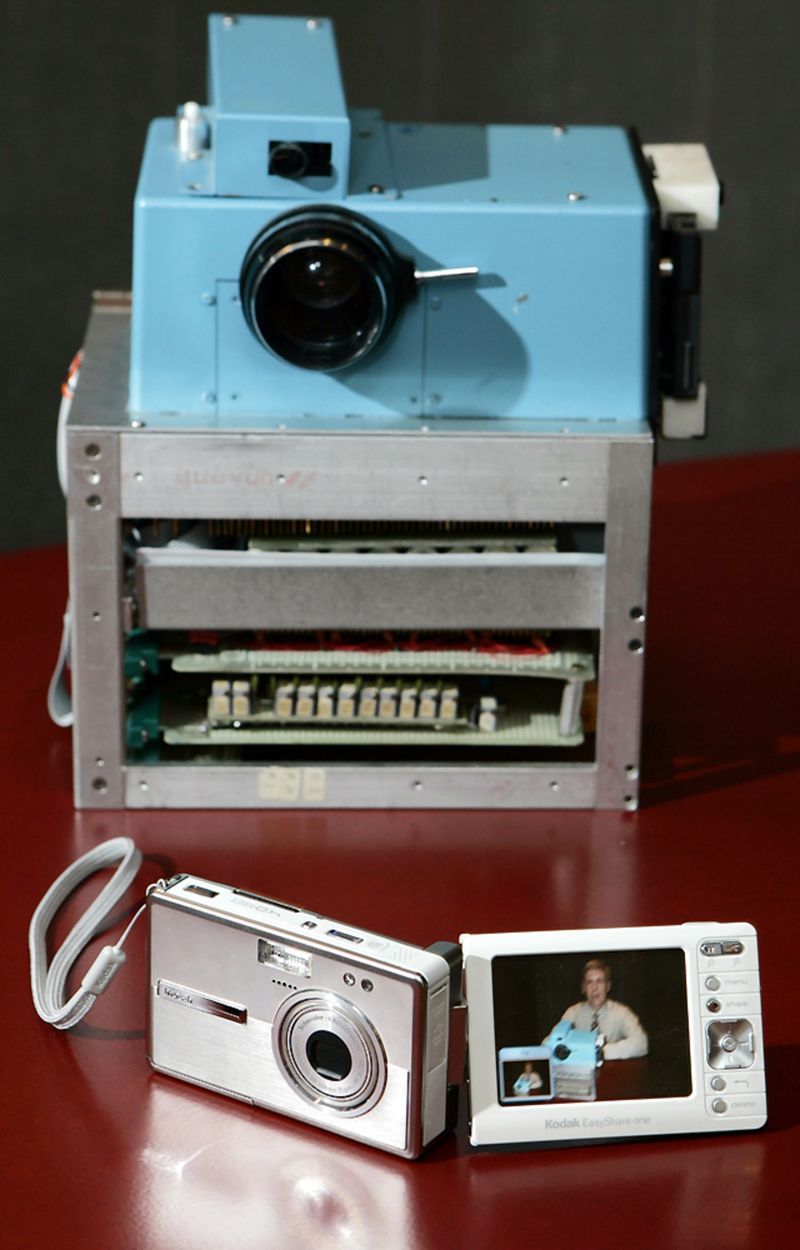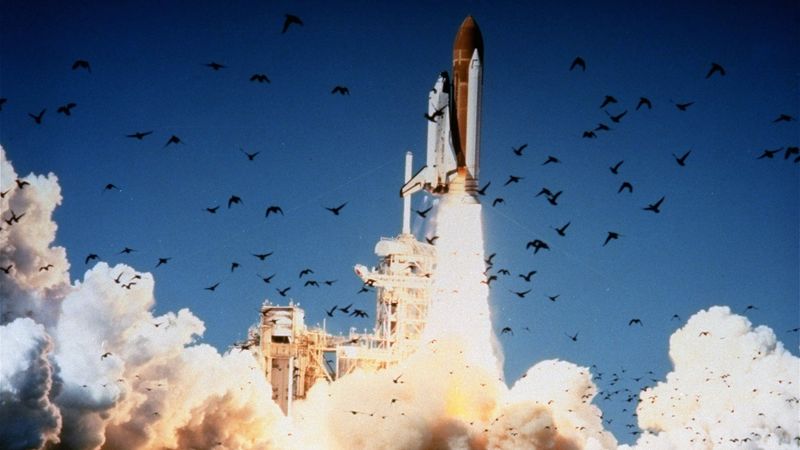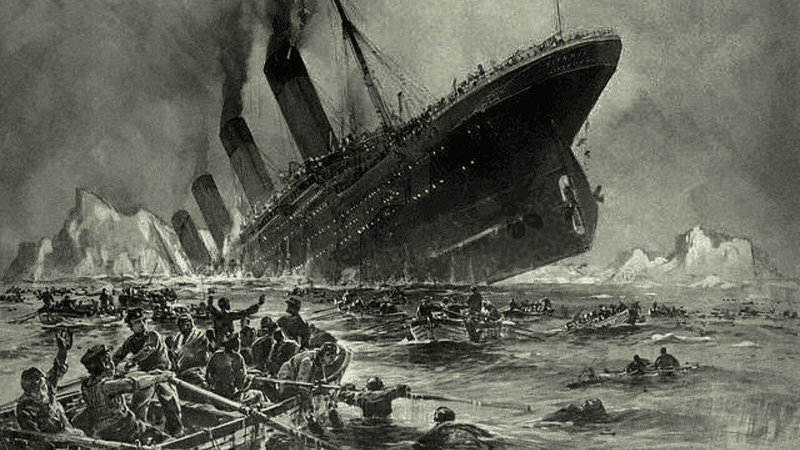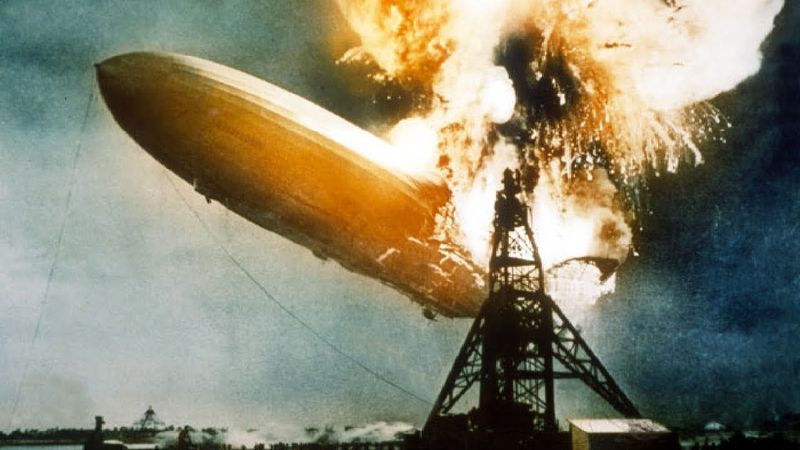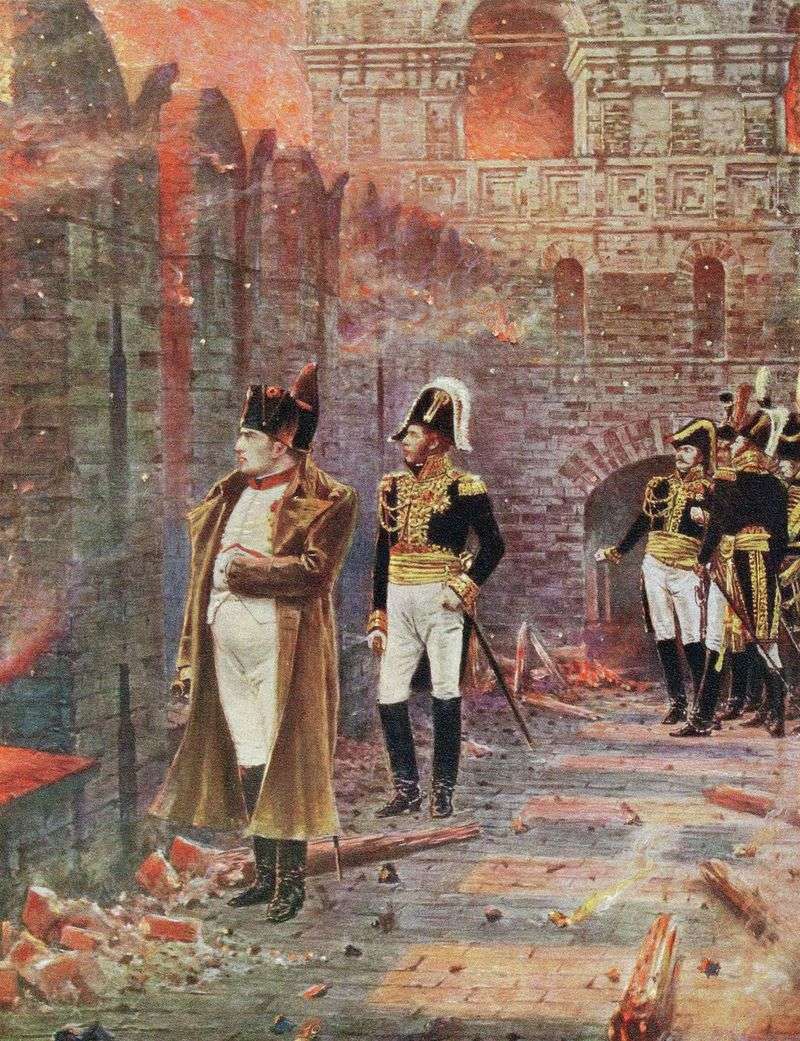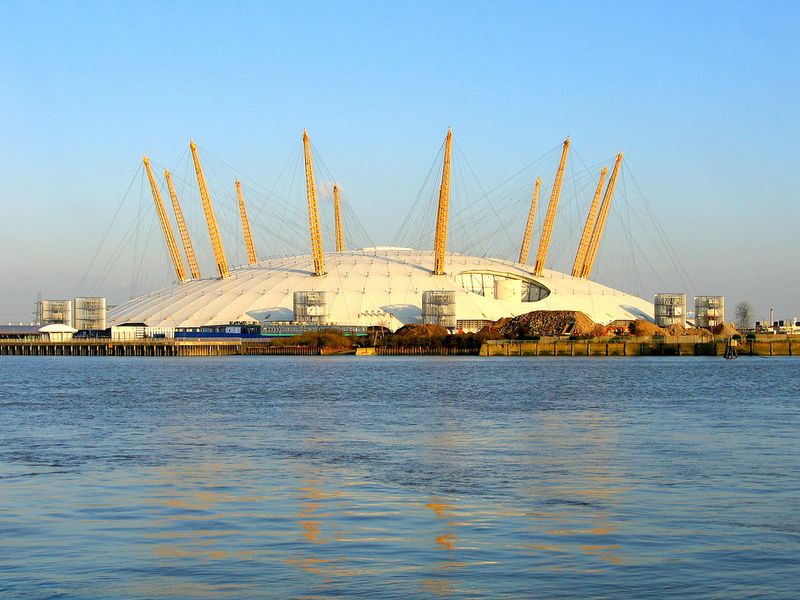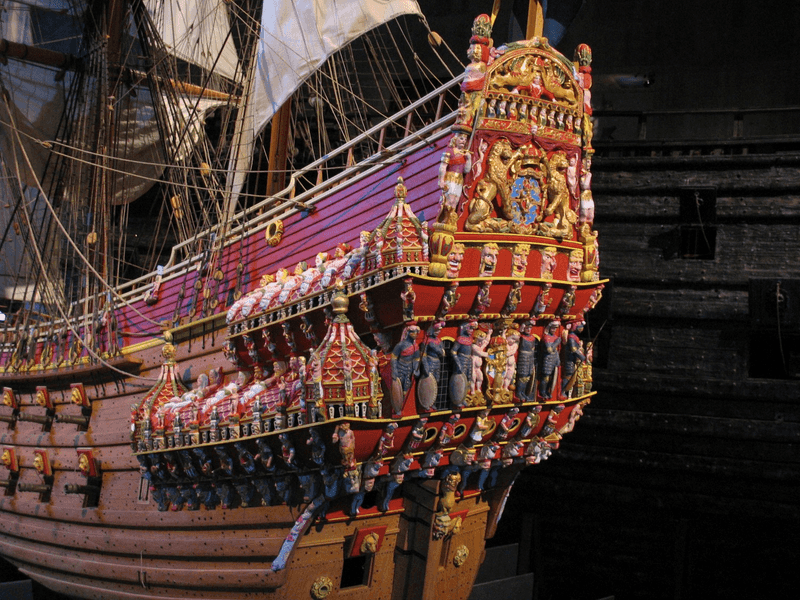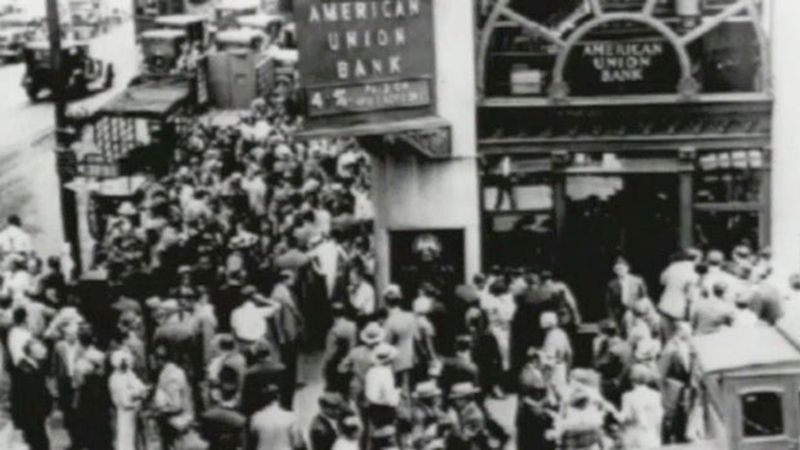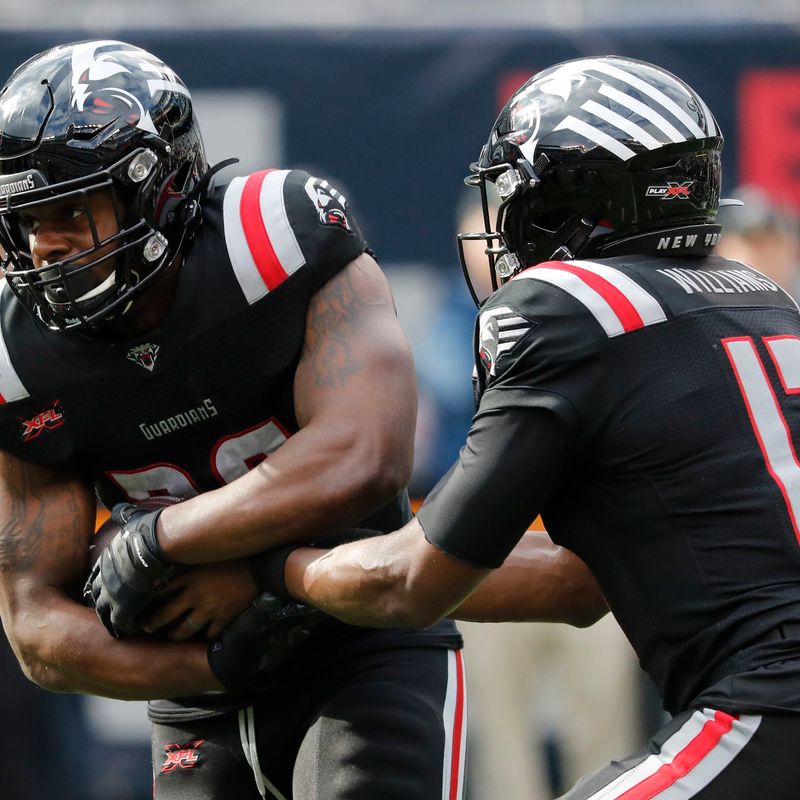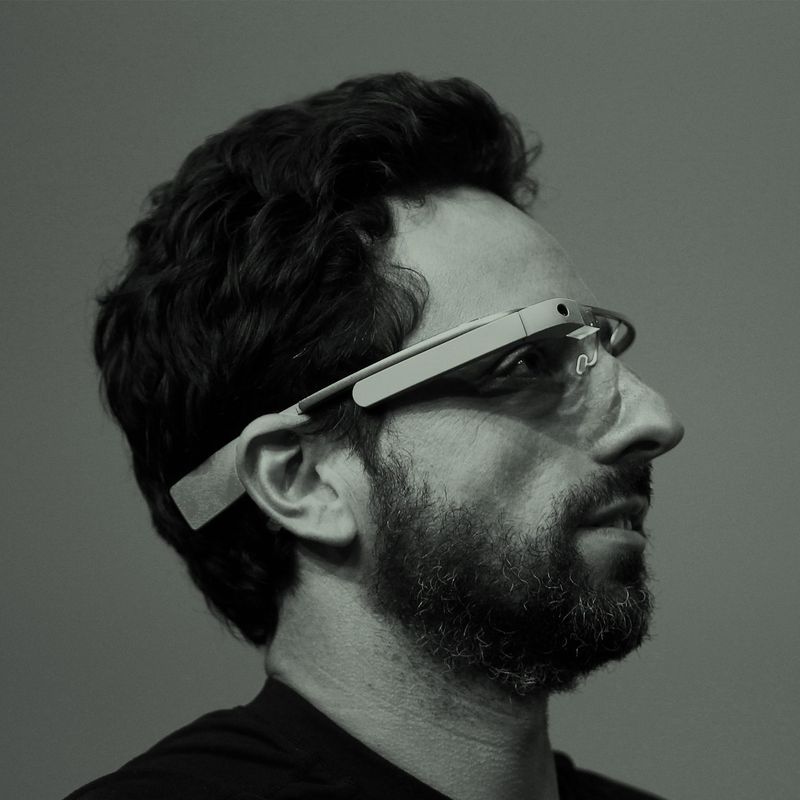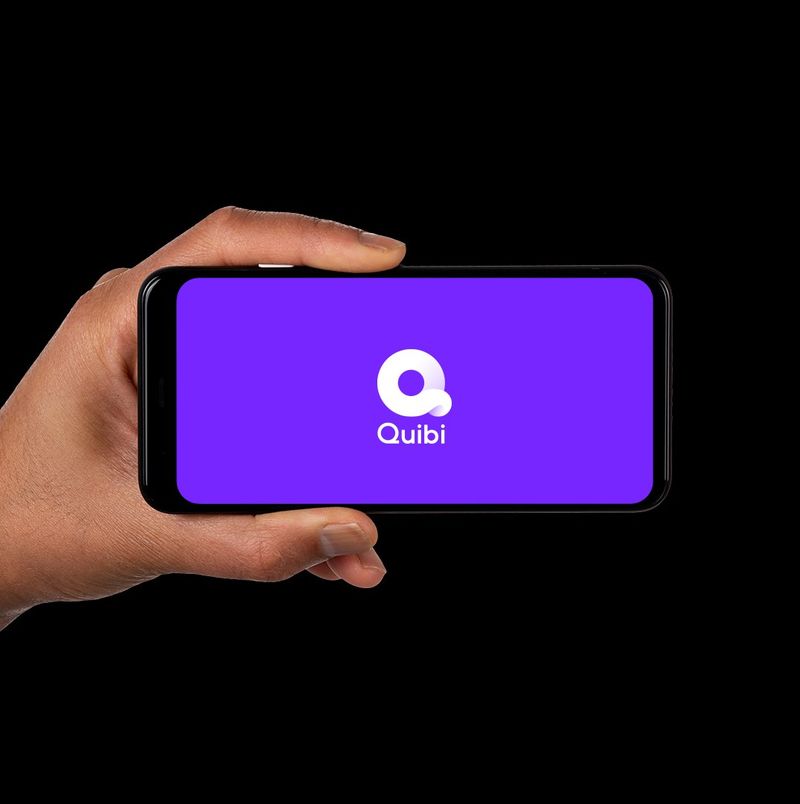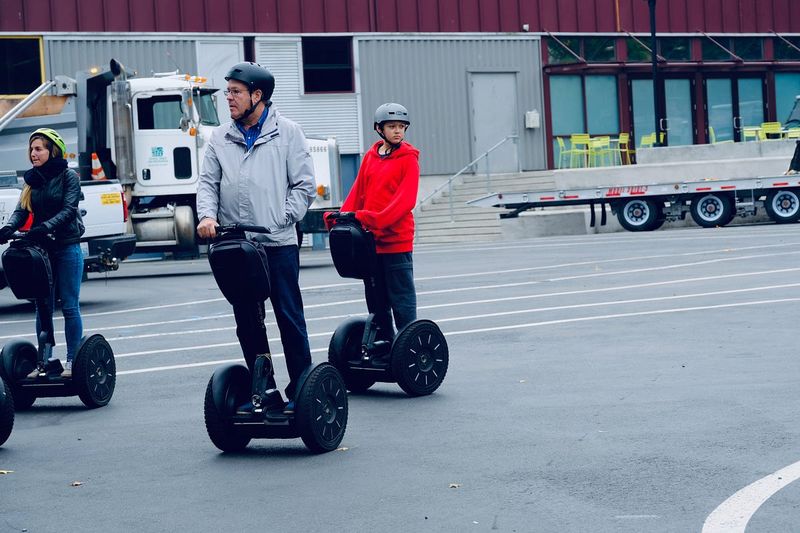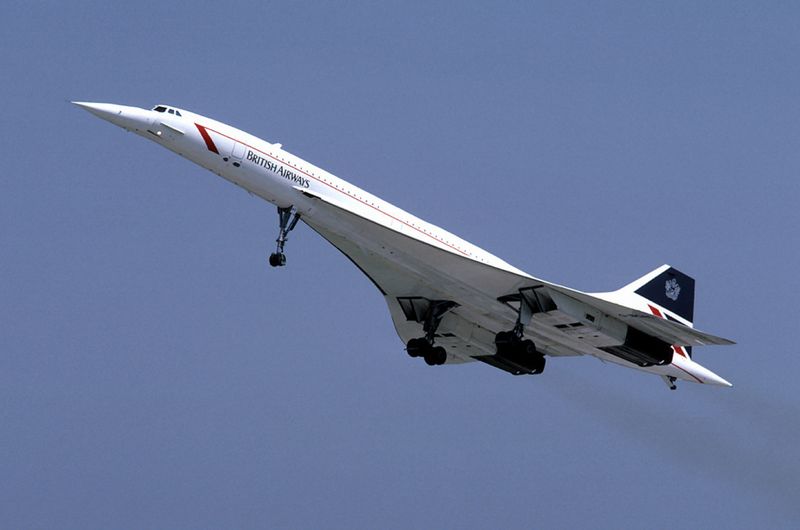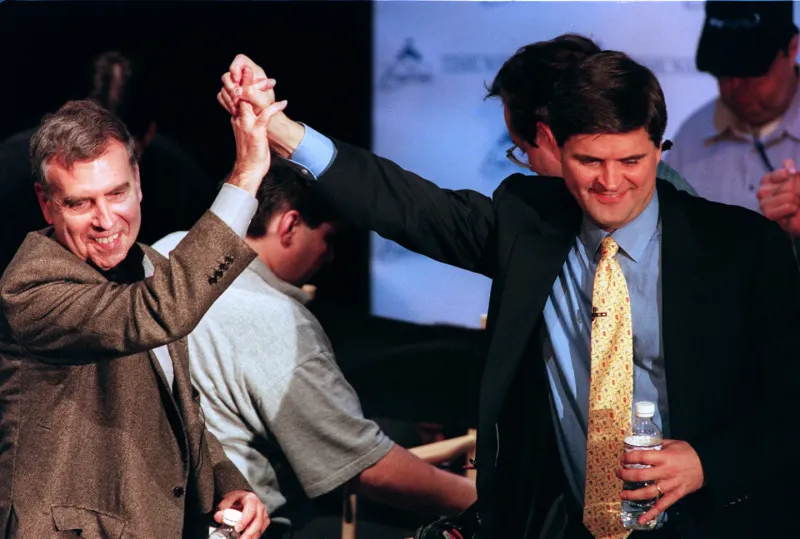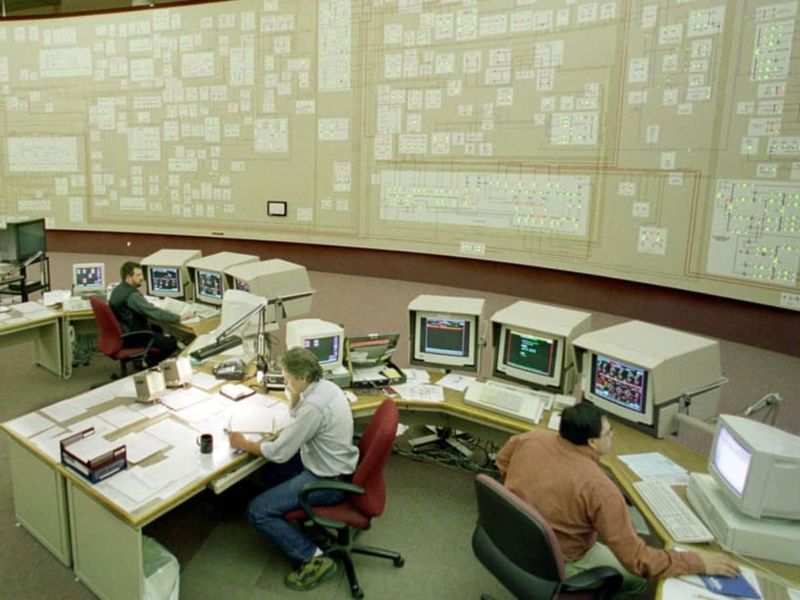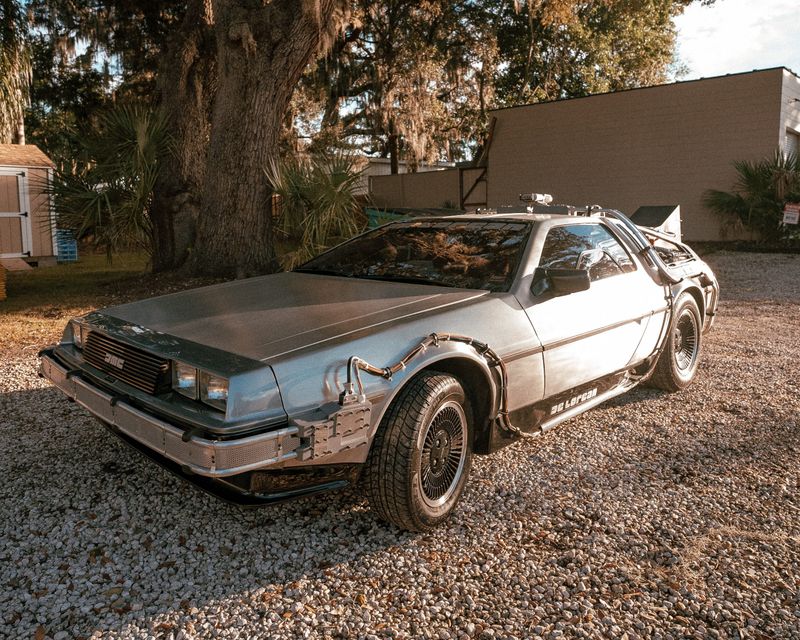In the realm of human endeavors, mistakes are inevitable. While some are minor missteps, others leave a lasting impression and make us wonder, ‘What were they thinking?’
This compilation explores 30 remarkable blunders that have occurred throughout history and in modern times. From technological mishaps to historical errors, these events remind us that even the best of us can falter.
Delve into this list of head-scratching blunders and discover what went wrong, what could have been done differently, and why these stories continue to resonate with us today.
1. The Mars Climate Orbiter Loss
In 1999, NASA faced an embarrassing setback when the Mars Climate Orbiter was lost due to a simple conversion error.
The spacecraft, intended to study Martian weather, disintegrated in the Martian atmosphere because teams used different measurement units. One team worked in metric, while the other used imperial, leading to a trajectory miscalculation.
This costly mistake highlighted the importance of clear communication and standardization in international projects. It serves as a reminder of how small oversights can derail significant scientific endeavors and lead to substantial financial losses.
2. New Coke Fiasco
In the mid-1980s, Coca-Cola made the bold decision to change its classic formula, introducing “New Coke.” The move was meant to compete with Pepsi, but it backfired spectacularly.
Consumers were outraged, and the response was overwhelmingly negative. Coca-Cola quickly realized their mistake, leading to the return of the original formula as “Coca-Cola Classic.”
This blunder taught the company that tampering with a beloved product without understanding customer attachment could lead to disaster. While the mistake was rectified, it remains a legendary example of misjudging market sentiment.
3. Blockbuster’s Netflix Rejection
In the early 2000s, Blockbuster had the chance to buy Netflix for a mere $50 million. Seeing little potential in the fledgling DVD rental-by-mail service, Blockbuster passed on the offer.
Fast forward a few years, and Netflix became a streaming titan, altering the entertainment landscape forever. Blockbuster, on the other hand, failed to innovate and eventually filed for bankruptcy.
This missed opportunity underscores the importance of foresight in business and the risks of underestimating emerging trends. Visionary thinking could have saved Blockbuster from its unfortunate demise.
4. The Edsel Launch
Ford’s 1957 introduction of the Edsel is often cited as one of the biggest failures in automotive history. Marketed as a revolutionary vehicle, the Edsel was plagued with design flaws and mismatched consumer expectations.
It was overpriced, unattractive, and launched during a recession. The car’s failure cost Ford millions and tarnished its reputation. This blunder illustrates the perils of over-hyping a product without thorough market research.
Companies must align their offerings with consumer desires and economic conditions to avoid similar pitfalls in launching new products.
5. The Betamax vs. VHS Battle
Sony’s Betamax was technically superior to VHS in the home video market during the late 1970s. However, its failure to win the format war is a classic lesson in marketing and consumer convenience.
Betamax tapes had shorter recording times and were more expensive, which led consumers to favor VHS. Despite better quality, Betamax lost the battle due to strategic missteps.
Companies must understand that superior technology doesn’t always guarantee success. Addressing consumer needs and pricing strategies are crucial for triumph in competitive markets.
6. The Decca Records Beatles Rejection
In 1962, Decca Records made a monumental mistake by rejecting The Beatles, claiming guitar bands were on their way out. This decision allowed another label, EMI, to sign the band and catapult them to global fame.
The Beatles became one of the most iconic bands in history, while Decca missed out on an opportunity of a lifetime. This blunder highlights the unpredictability of the music industry and the dangers of short-sighted judgments.
A single decision can have long-lasting impacts, emphasizing the need for vision and adaptability in business.
7. Kodak’s Digital Camera Oversight
Kodak, a pioneer in photography, invented the first digital camera in 1975. However, they failed to capitalize on their innovation, fearing it would cannibalize their film business.
Despite their early lead, Kodak took a conservative approach, allowing competitors to dominate the digital market. This oversight led to their eventual bankruptcy. Kodak’s story is a cautionary tale about the importance of embracing technological change.
Companies must evolve with industry trends and consumer preferences, rather than clinging to outdated business models, to maintain their competitive edge.
8. The Challenger Disaster
In 1986, the Space Shuttle Challenger broke apart 73 seconds into its flight, resulting in the tragic loss of seven crew members. The disaster was caused by the failure of O-ring seals in cold weather, a known risk that was overlooked.
This catastrophe led to a reevaluation of NASA’s safety protocols and decision-making processes. It serves as a somber reminder of the potential consequences of disregarding engineering concerns.
Thorough risk assessment and prioritizing safety are crucial in preventing such tragic outcomes in future aerospace endeavors.
9. The Titanic Sinking
The Titanic, deemed unsinkable, met its fate in 1912 after colliding with an iceberg. This maritime disaster resulted in over 1,500 deaths and highlighted numerous oversights, including insufficient lifeboats and ignoring iceberg warnings.
The tragedy led to significant changes in maritime safety regulations and practices. It serves as a poignant reminder of the limits of human arrogance and the necessity for precautionary measures.
Learning from the past, the Titanic’s story underscores the importance of preparedness and vigilance in ensuring passenger safety in the modern era.
10. The Red Wedding Execution
In the TV series “Game of Thrones,” the Red Wedding shocked viewers with its brutal massacre. This fictional blunder exemplifies strategic missteps leading to disastrous outcomes.
Robb Stark’s broken marriage pact and misplaced alliances resulted in a brutal betrayal by the Freys. While fictional, the story highlights the importance of honoring commitments and understanding political dynamics.
In real-world contexts, strategic alliances and trust-building are vital for success. The Red Wedding’s narrative serves as a cautionary tale of how neglecting diplomacy and foresight can lead to dire consequences.
11. The Hindenburg Disaster
The Hindenburg disaster of 1937 marked the end of the airship era. As the German passenger airship attempted to dock in New Jersey, it caught fire, resulting in 36 fatalities.
The cause was attributed to static electricity igniting hydrogen gas. This catastrophe led to the abandonment of hydrogen in airships, favoring safer alternatives.
The event underscores the importance of safety in engineering, particularly with flammable materials. Advances in technology must be matched by rigorous safety testing to prevent similar disasters and ensure passenger well-being in the aviation industry.
12. Napoleon’s Russian Campaign
Napoleon Bonaparte’s invasion of Russia in 1812 stands as a cautionary tale of overambition.
The campaign, aimed at forcing Tsar Alexander I to cease trading with Britain, resulted in catastrophic losses due to harsh winter conditions and logistical failures. The retreat decimated Napoleon’s Grande Armée, marking a turning point in his fortunes.
This blunder highlights the perils of underestimating environmental challenges and the importance of supply chain management in military strategy. Leaders must weigh the costs of their ambitions against realistic assessments of resources and conditions.
13. The Millennium Dome Debacle
At the turn of the millennium, the UK government unveiled the Millennium Dome, a grand exhibition space in London. The Dome was meant to symbolize national pride and progress as the world entered a new era.
Despite its potential, the project faced numerous challenges, including overspending and lackluster public interest. The initial exhibit was criticized for being underwhelming, and the anticipated visitor numbers never materialized.
Financial mismanagement plagued the Dome from the start, with costs spiraling well beyond the budget. This financial strain led to a scramble for funding and support, which only served to tarnish the project’s reputation further.
As visitor numbers remained low, the Dome became a symbol of failed ambition rather than futuristic vision. Eventually, the Millennium Dome was repurposed into what is now the O2 Arena, a successful entertainment venue.
This transformation serves as a reminder that even failed projects can find new life with the right vision and management.
14. Ford Pinto Safety Controversy
In the 1970s, Ford launched the Pinto, a compact car aimed at competing with popular imports. However, it became infamous for its safety issues, particularly its vulnerability to fuel tank explosions in rear-end collisions.
The decision to rush the Pinto to market led to critical design flaws that were not addressed promptly. Internal documents later revealed that Ford weighed the cost of potential lawsuits against the expense of redesigning the fuel tank.
This calculated risk ultimately backfired, resulting in numerous tragic accidents and a public relations nightmare for the company. The Pinto case became a textbook example of corporate negligence.
The scandal prompted significant changes in safety regulations and automotive design practices. It also highlighted the ethical responsibilities companies have towards consumer safety, beyond mere financial calculations.
15. The Sinking of the Vasa
In 1628, the Swedish warship Vasa set sail on its maiden voyage, only to capsize shortly after leaving Stockholm harbor. The ship was a marvel of naval engineering, heavily adorned with elaborate carvings and equipped with numerous cannons.
Despite these impressive features, it was top-heavy and lacked stability. The decision to launch Vasa without adequate testing or ballast adjustments proved disastrous.
Political pressure and a rushed timeline contributed to the oversight, as King Gustavus Adolphus sought to display his naval power urgently. The subsequent inquiry revealed a lack of communication and expertise in the ship’s design.
The Vasa was salvaged in the 20th century and now serves as a museum piece in Stockholm, providing valuable insights into historical shipbuilding and the consequences of prioritizing appearance over functionality.
16. The Great Emu War
In 1932, Australia faced an unusual adversary: a large population of emus that was damaging crops in Western Australia. The government enlisted soldiers to combat these birds, which were causing significant agricultural losses.
The operation, dubbed the Great Emu War, quickly became a comical failure. The emus proved surprisingly resilient, evading soldiers and withstanding gunfire thanks to their speed and numbers.
The media mocked the efforts, portraying the emus as victorious in this bizarre conflict. This public relations blunder highlighted the absurdity of the situation and led to questions about the government’s handling of agricultural issues.
Ultimately, the government shifted its approach, implementing more effective measures like building exclusion barriers. The Great Emu War remains a quirky chapter in history, illustrating the challenges of wildlife management.
17. The Windows ME Launch
Microsoft’s release of Windows ME in the early 2000s was intended to bridge the gap between Windows 98 and Windows XP. However, the operating system was plagued with issues from the start.
Users encountered frequent crashes, compatibility problems, and limited new features, which led to widespread frustration. The hurried development cycle resulted in an unstable product that failed to meet consumer expectations.
Critics derided Windows ME as one of Microsoft’s worst operating systems, noting its lack of innovation and reliability. This failed launch underscored the importance of thorough testing and user feedback in software development.
Despite its shortcomings, Windows ME did introduce some features that paved the way for future advancements in later versions. It serves as a reminder of the rapid evolution of technology and the pitfalls of releasing a product before it’s ready.
18. The Great Wall Street Crash of 1929
In the late 1920s, the stock market was the epitome of prosperity, with everyone eager to invest. But in 1929, this bubble burst dramatically, plunging the world into the Great Depression.
The crash was marked by panic selling and dramatic losses that left both seasoned investors and casual traders in shock. A combination of overconfidence and speculative investments contributed to this economic calamity.
It’s a stark reminder that even in times of boom, caution should not be thrown to the wind. Ensuring a solid understanding of market dynamics can prevent similar occurrences in the future.
19. The Deepwater Horizon Oil Spill
In April 2010, the Deepwater Horizon oil rig experienced a catastrophic failure, resulting in one of the largest environmental disasters in history. Millions of barrels of oil spilled into the Gulf of Mexico.
The spill had devastating effects on marine life, coastal ecosystems, and local economies. The cleanup efforts were extensive and costly, highlighting the dangers of offshore drilling.
This incident emphasized the need for stringent safety measures and emergency preparedness in the oil industry to prevent future tragedies.
20. The Windows Vista Launch
When Microsoft released Windows Vista in 2007, it was met with widespread criticism for its sluggish performance and compatibility issues. Despite high expectations, the operating system failed to deliver a seamless user experience.
Vista’s resource-heavy requirements frustrated users with older hardware, leading to its poor adoption. Microsoft learned from this blunder and focused on user feedback in later releases.
The Vista debacle underscores the importance of extensive testing and understanding user needs when launching new software products. It serves as a lesson in balancing innovation with practicality.
21. The XFL Debut
Launched in 2001, the XFL was a bold attempt to create an alternative professional football league. Despite its hype, the league struggled with poor gameplay quality and ratings.
The XFL’s focus on entertainment over sportsmanship led to a lack of credibility among serious fans. The league folded after just one season, but it sparked discussions about innovation in sports entertainment.
Lessons from the XFL include the importance of balancing novelty with quality. Creating a sustainable sports enterprise requires understanding the core values of the sport and its audience.
22. The Google Glass Experiment
Introduced in 2013, Google Glass was an ambitious foray into wearable technology. While innovative, the product faced privacy concerns and social backlash. The design was seen as intrusive, and its practicality was questioned.
Despite its failure, Google Glass paved the way for future advancements in augmented reality. This experiment underscores the importance of market readiness and addressing consumer concerns.
Innovators must consider societal impacts when introducing groundbreaking technologies. Embracing feedback and adapting to consumer needs are crucial for success in the rapidly evolving tech landscape.
23. The Dvorak Keyboard Layout
The Dvorak Simplified Keyboard, introduced in the 1930s, aimed to improve typing efficiency. Despite its advantages over the standard QWERTY layout, it failed to gain widespread adoption.
The transition costs and learning curve deterred many typists from switching. This blunder highlights the challenges of changing established systems and user habits.
While Dvorak supporters still exist, its lack of popularity serves as a reminder of the inertia in human behavior. Innovations must consider ease of adoption to succeed. Understanding user resistance is key to implementing change in established fields.
24. Quibi’s Streaming Flop
Quibi, launched in 2020, was a mobile streaming platform offering short-format content. Despite significant investments, it failed to attract a substantial audience. The platform struggled with content relevance and competition from established streaming services.
Quibi’s downfall illustrates the importance of understanding market trends and consumer preferences. Timing, platform compatibility, and content quality are crucial elements for success in the streaming industry.
This venture reminds us that even well-funded projects require careful planning and alignment with audience expectations. Flexibility and adaptability can make or break new media endeavors.
25. The Segway Hype
The Segway, introduced in 2001, was heralded as a revolutionary transportation device. Despite its futuristic appeal, it never reached mainstream success. The high cost, niche market, and regulatory challenges limited its adoption.
The Segway’s story serves as a lesson in the complexities of market acceptance. Innovators must balance excitement with practicality and affordability.
Understanding consumer needs and barriers to entry are crucial for turning inventions into everyday essentials. While the Segway found success in specific sectors, its overall impact fell short of initial expectations.
26. The Concorde’s Demise
The Concorde, a marvel of aviation engineering, offered supersonic travel from the 1970s to the early 2000s. Despite its technological achievements, it was plagued by high operational costs and noise restrictions.
A tragic crash in 2000 further tarnished its reputation. The Concorde’s retirement underscores the challenge of balancing innovation with economic viability.
While it pushed the boundaries of speed, its niche market and environmental concerns limited its success. The Concorde remains a symbol of ambition and a reminder of the complexities involved in sustaining advanced technologies in commercial aviation.
27. The AOL-Time Warner Merger
The 2000 merger of AOL and Time Warner was initially hailed as a transformative deal in the media industry. However, cultural clashes, strategic misalignments, and the bursting of the dot-com bubble turned it into a disaster.
The merger resulted in massive financial losses and a tarnished reputation. This blunder highlights the importance of synergy and adaptability in corporate mergers.
Companies must ensure alignment in strategic goals and company cultures to achieve successful integration. The AOL-Time Warner case serves as a cautionary example of the risks involved in large-scale mergers.
28. The Y2K Bug Panic
As the year 2000 approached, fears of a computer glitch known as the Y2K bug caused global panic. Concerns that computers would fail to process the date change led to massive investments in preventive measures.
While few incidents occurred, the panic highlighted society’s reliance on technology. This event serves as a reminder of the vulnerabilities in our digital infrastructure.
The Y2K scare underscores the importance of proactive risk management and preparedness in addressing potential technological threats. Despite the anticlimactic outcome, it prompted significant improvements in system resilience and awareness.
29. The Failure of the DeLorean Motor Company
John DeLorean’s venture into the automobile industry was as iconic as it was disastrous. The DeLorean DMC-12, with its futuristic design and gull-wing doors, became a cultural phenomenon.
However, production issues, financial struggles, and DeLorean’s legal troubles led to the company’s collapse. Only a few thousand cars were produced, leaving fans and customers disappointed.
This case illustrates the challenges of balancing innovation with practical business acumen, a balance crucial for entrepreneurial success.
30. The Chernobyl Disaster
The 1986 Chernobyl nuclear disaster is one of the most catastrophic events in history. A reactor explosion released radioactive materials, leading to long-term environmental and health impacts.
The disaster was caused by design flaws and operator errors during a safety test. Chernobyl stands as a testament to the potential dangers of nuclear energy when safety protocols are ignored.
It emphasizes the need for rigorous safety measures, transparent communication, and crisis preparedness. The event reshaped global nuclear policies and serves as a reminder of the catastrophic consequences of neglecting safety in high-risk industries.
